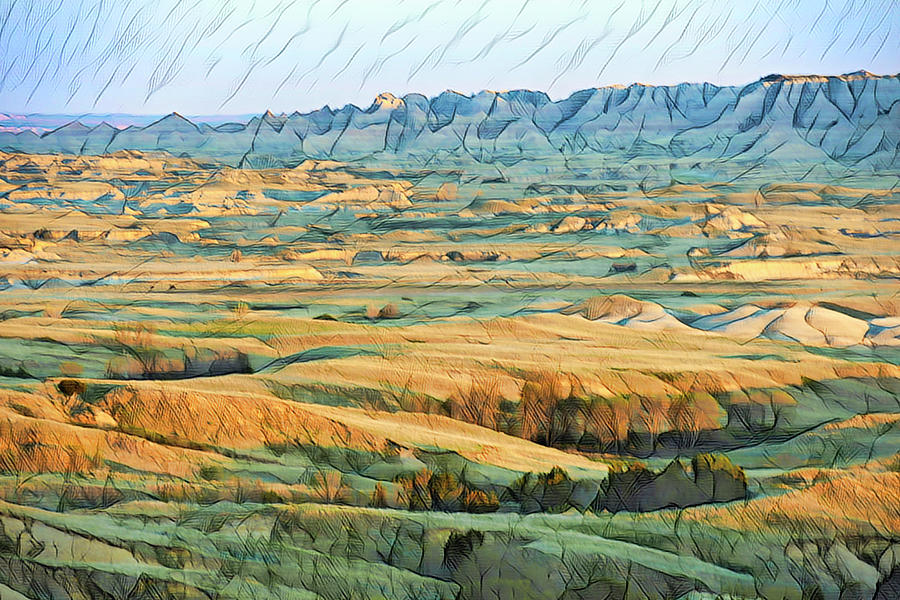
However, since all the samples that are researched are the mother-carried DNA codes, and all the trans-ocean visitors probably were male-dominated warriors and sailors, I have to believe that inter-continental diffusion and world trade among cultures was much more extensive than is politically accepted today. Tsuu Tina: Dinas, Danes, Dianas, Vikings or Danes?Īmateur Theory Note: The one common location where Mitochondrial DNA experts agree, of old world and new world gene type commonalities (Northern Europe and Northern Canada), is with the rare X-Haplotype occurrence in the Chippewa tribes of Canada, and I believe the Pictish and Viking areas of Europe. Sucker Creek: Soker Osiris, God of the Underworld (could also be related to Noctua, Nassau) Illinois-Hellenes, Elianas, the Lions of Greeceįirst Nation Tribes of Alberta, interesting phonetic similarities.Īlexander, Alexis Bands: Alexander the Great, Arkasantris, ArkansasĬhipewayan: Spirits (Chee) of Pequots, Picts, Pekhat, the Guardian Lions (also of Scotland)ĭene Tha’ : Dinas, Danes, Vikings (could also be "Daene", "Diana")Įnoch: Di-o-ny-sius, Te-o-no-chee, Gods of the Night Greek and Egyptian. Sioux-Zeus of the Greeks, Shu of the Egyptiansĭakota-Dactyloi, Horse Tribes of Zeus, for which Hercules was a member. Chee Erie Kee, the Spirits of Rhea Land/Island, Ireland, Irish tribes Other plausible Greek etymologies in this Alberta, Canada area.Ĭherokee, the Chee-Spirits of Air-o-klees, Hercules

I can only guess he was "good medicine" too. The Greek God Pan was associated with the rising sun, with the horned goat of fertility and prosperity, and with agricultural abundance.

I have seen this association before.Ĭoncurrently, I find the naming association of "Badlands", and "Medicine Hat", so interesting, along with the imagery of Pan and this ancient King. Given the prominent display of a Pan-type figure in the crown, the message is "he spread his seed with exuberance". This set of figures was an intentional portrait of a King and God "symbolic pair", and his name was probably associated with Pan, Panos, or Faunos. Other extremely faded figures surround these two main shapes. I can almost guarantee that this is not a weather erosion coincidence, and I have isolated and enhanced the two figures to distinguish them from the heavily weathered background landscape. There are many "accepted explanations" of the lower figure, almost all of which discount its human portrait meanings, claiming, "It is a naturally occurring land feature". There is a slight chance that the primary figure is Apollo himself, the Sun God, with the association with Pan representing the "dawn". "Badlands", the East Berlin version, Radrennbahn, Berlin Weissensee, Germany.Īs a non-academic researcher, I am very intrigued by the fact of what appears to be two figures, a King or God figure below and a devil figure with horns perched above in the crown area, very similar in shape to the Pan of Greece, Green Man, Dionysius, Faunos of Rome, and several other mythologies.

I would like to dedicate this Lynn Hickox's discovery, and my re-capture on Flickr, Google Earth, and Adobe Photoshop, a tune from one of the many prophets of our day. “It ain’t no sin, to be glad you are alive!” Ukraine Emergency, can music change the world? This figure was found by Lynn Hickox on or before 2008 using Google Earth software. Theory of the "Badlands Guardian" of Medicine Hat, Alberta, with "Pan" in his Crown, discovered by Lynn HickoxĢ7 miles at 95 degrees from Medicine Hat, Alberta, Canada, is another group of human facial portraits, the most vivid is called the "Badlands Guardian".


 0 kommentar(er)
0 kommentar(er)
